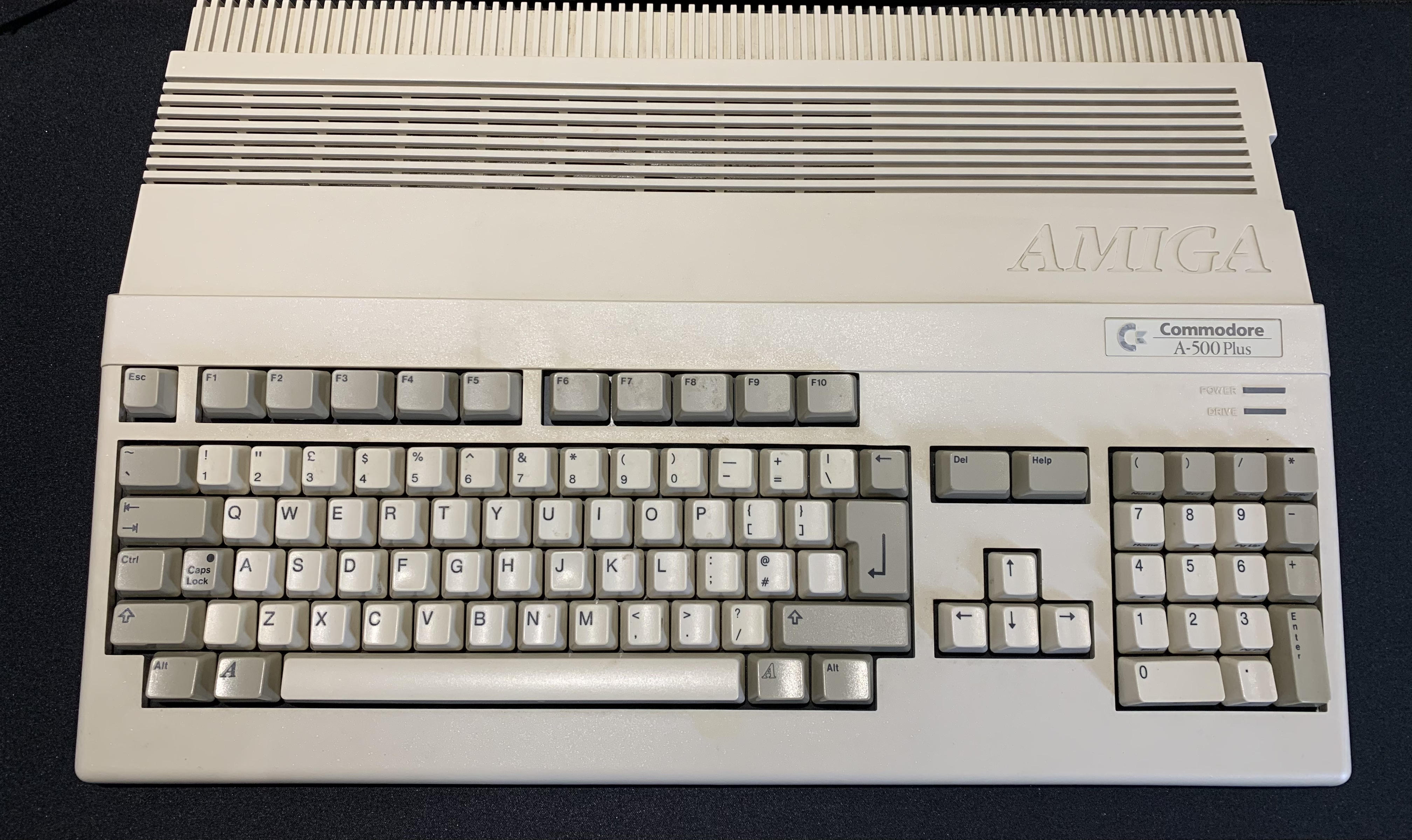

To run Amiga programs, you’ll need a Kickstart ROM – firmware from the original computers.

Select Advanced Options > Audio > Force HDMI and then reboot. Save and return to raspi-config: raspi-config Make sure the following lines are present and aren’t commented out with a preceding hash (#): hdmi_drive=1 If your Pi won’t output sound via HDMI properly, enter this at the command line: nano /boot/config.txt Select Expand Filesystem, which will give you access to the entirety of the SD card’s capacity for storage, then Exit and select Yes to reboot. Quit UAE4ARM to get to the command line and run: raspi-config It’ll boot directly into the UAE4ARM emulator, but there’s some extra configuration to do before we start playing. Slot the microSD card into your Pi and power up. A 4GB card should be plenty, as Amibian only occupies around 300MB. Format a microSD card, decompress the Amibian RAR file, and use Win32DiskImager or Linux’s dd command to copy the IMG file to the card.
FULL AMIGA KICKSTART FULL
The full article can be found in The MagPi 52 and was written by K.G.
FULL AMIGA KICKSTART MAC OS
You’ll need a Windows, Mac OS X, or Linux desktop operating system to copy the Amibian Linux distribution to your SD card and unpack the Kickstart ROMs required to make it work smoothly. We’ll take you through turning your Raspberry Pi 3 into a perfect modern-day Amiga emulator. Amiga games from the era have aged incredibly well, and look and play brilliantly on everything from a portable display to a widescreen TV. The Commodore Amiga’s top-notch sound and graphics made it one of the most desirable home computers of the ’80s and early ’90s, at a time when your average IBM PC was still plodding along with EGA graphics and an internal beeper.


 0 kommentar(er)
0 kommentar(er)
